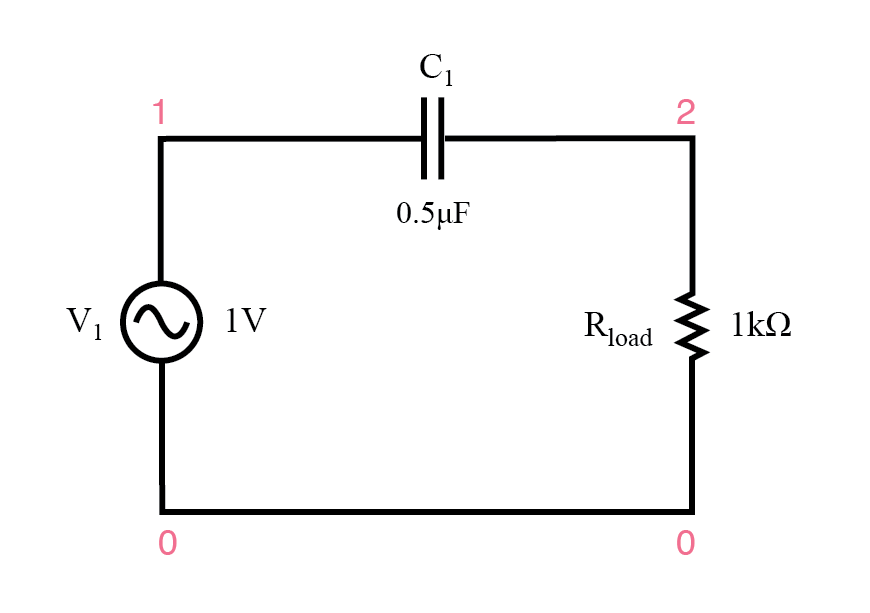

Some of these techniques will be examined here. Notches of up to 60dB can be obtained, but to do so requires techniques not covered by this version of FilterCAD. This is primarily due to the sampled data nature of the universal filter blocks signals of equal amplitude and opposite phase do not ideally cancel when summed together as they would do in a purely analog system. You may design a notch filter with FilterCAD, with specifications that purport to yield a stopband attenuation of greater than 60dB, and find that in practice an attenuation of 40dB or less is the result. Notch filters, especially those with high Qs and/or high attenuations, are the most difficult to implement with universal switched-capacitor filter devices. Worse yet, time and temperature variation may force adjustment of the filter frequency after the controller is placed in operation. Because the values of analog passive components vary from one unit to another and, to a lesser extent, over time and temperature, analog notch filters often must be “tweaked in” on every application. In the case of analog systems, notch filters become more complicated to configure. In such a case, the notch filter may have to be manually tuned for every control system. For example, resonant frequencies often vary slightly from one system to another. However, there are many cases where the noise or resonant frequency will vary. If the offending frequency is known, digital notch filters can be set to filter it with great accuracy. To be useful, the notch filter must be tuned to the frequency of resonance or of noise generation. Notch filters work on only a narrow band of frequencies. Bode plot for a notch filter.Īlthough notch filters improve the primary shortcoming of low-pass filters (the reduction of phase margin), they are still used less regularly.


 0 kommentar(er)
0 kommentar(er)
